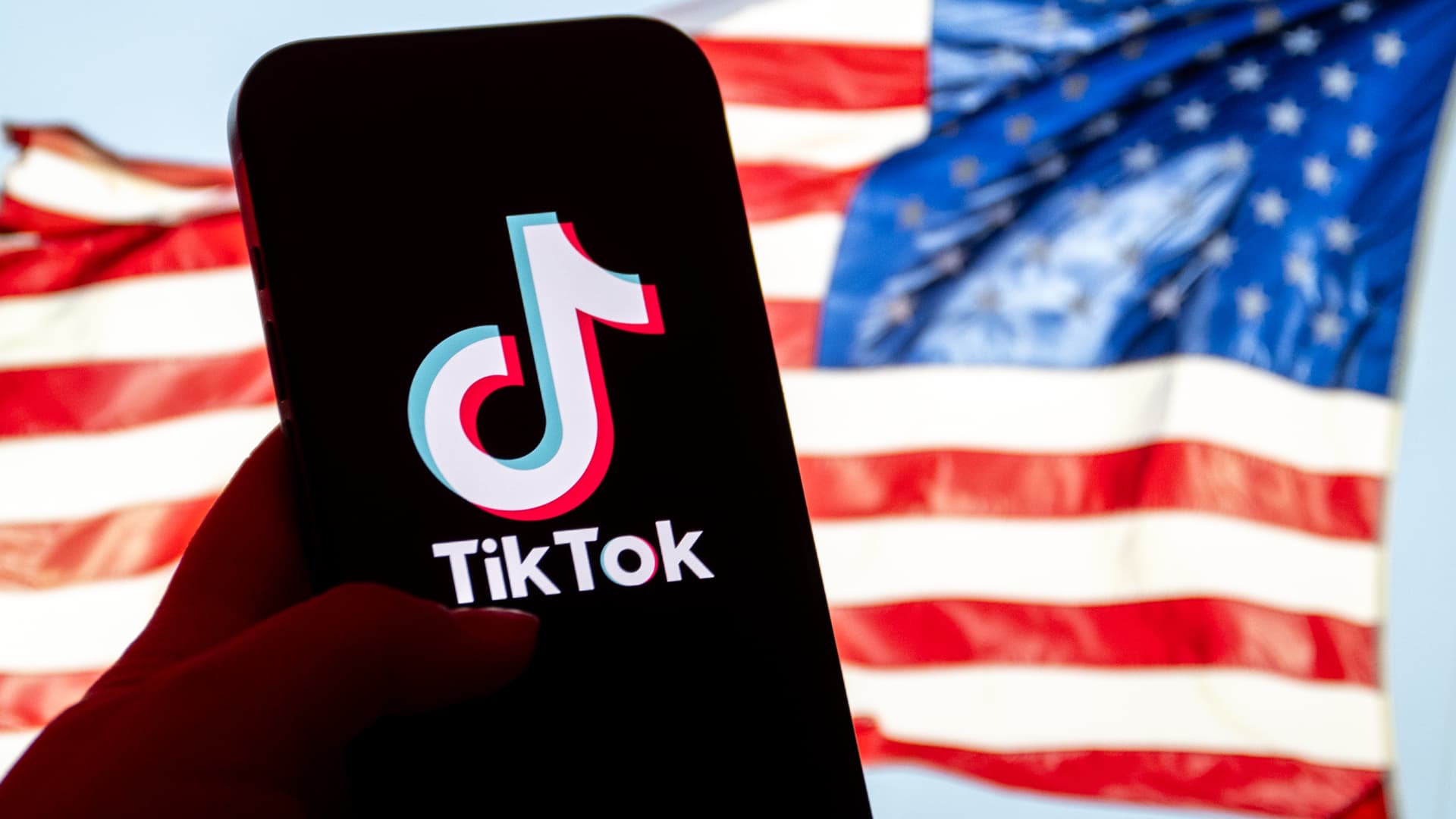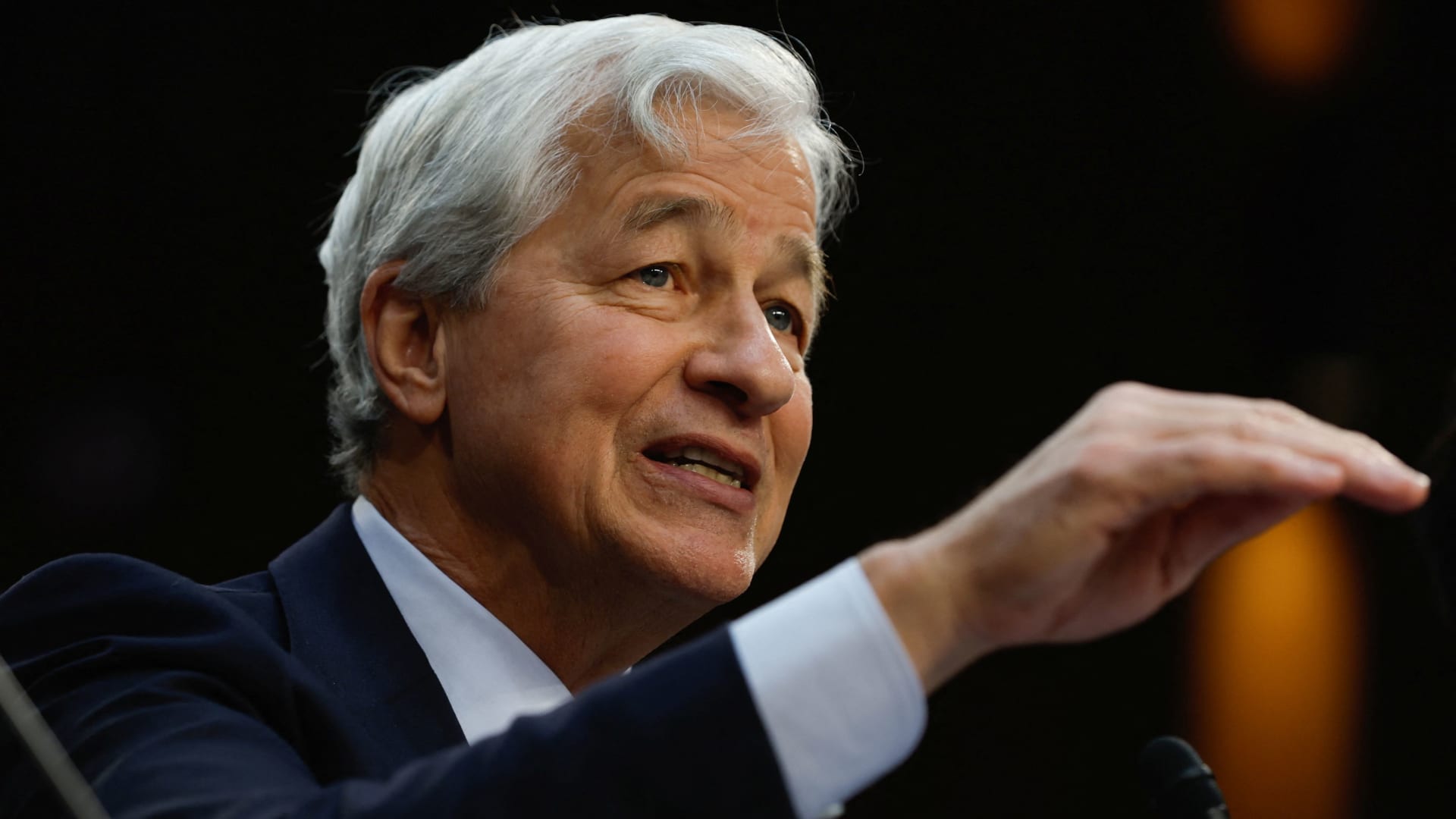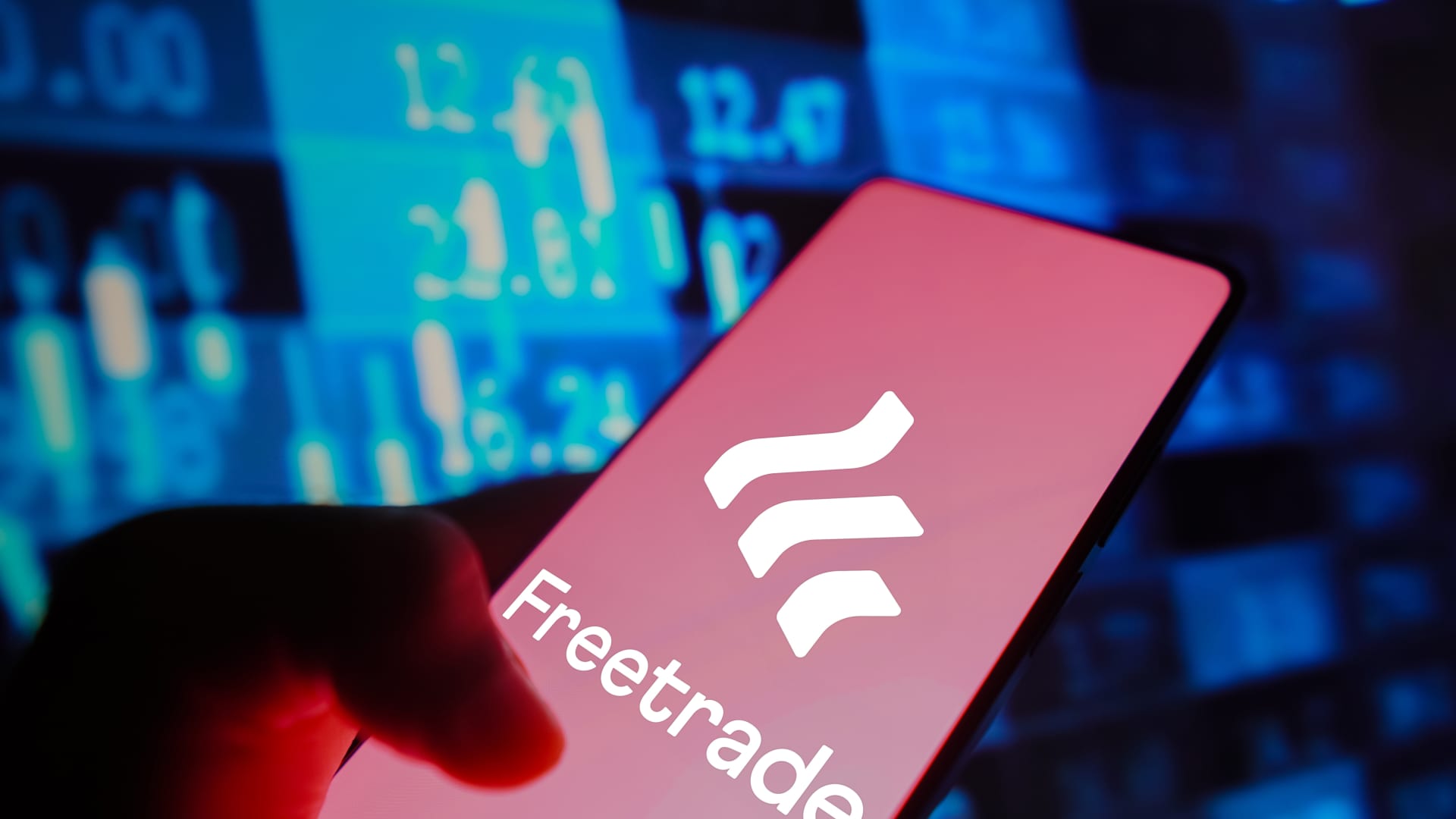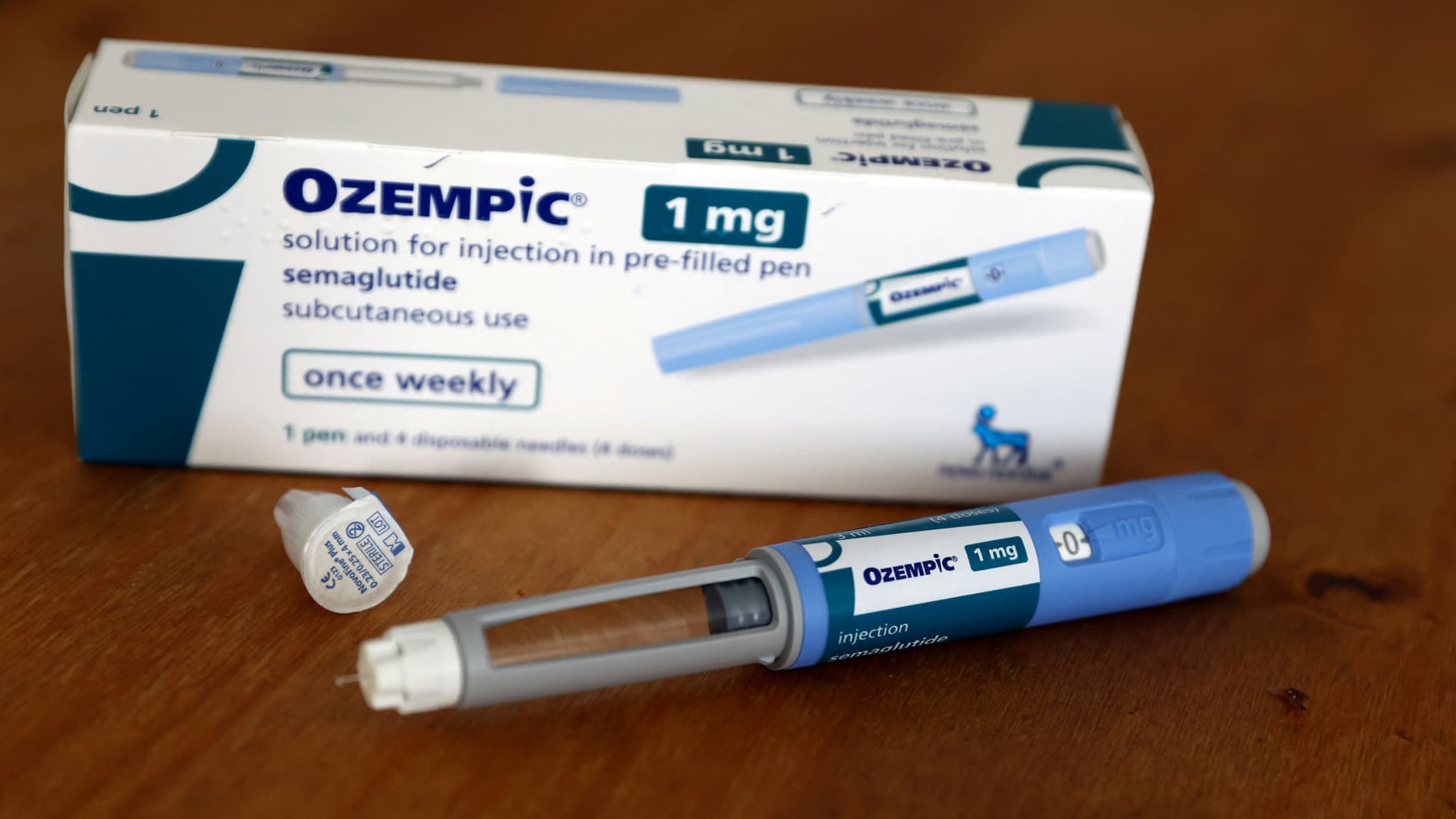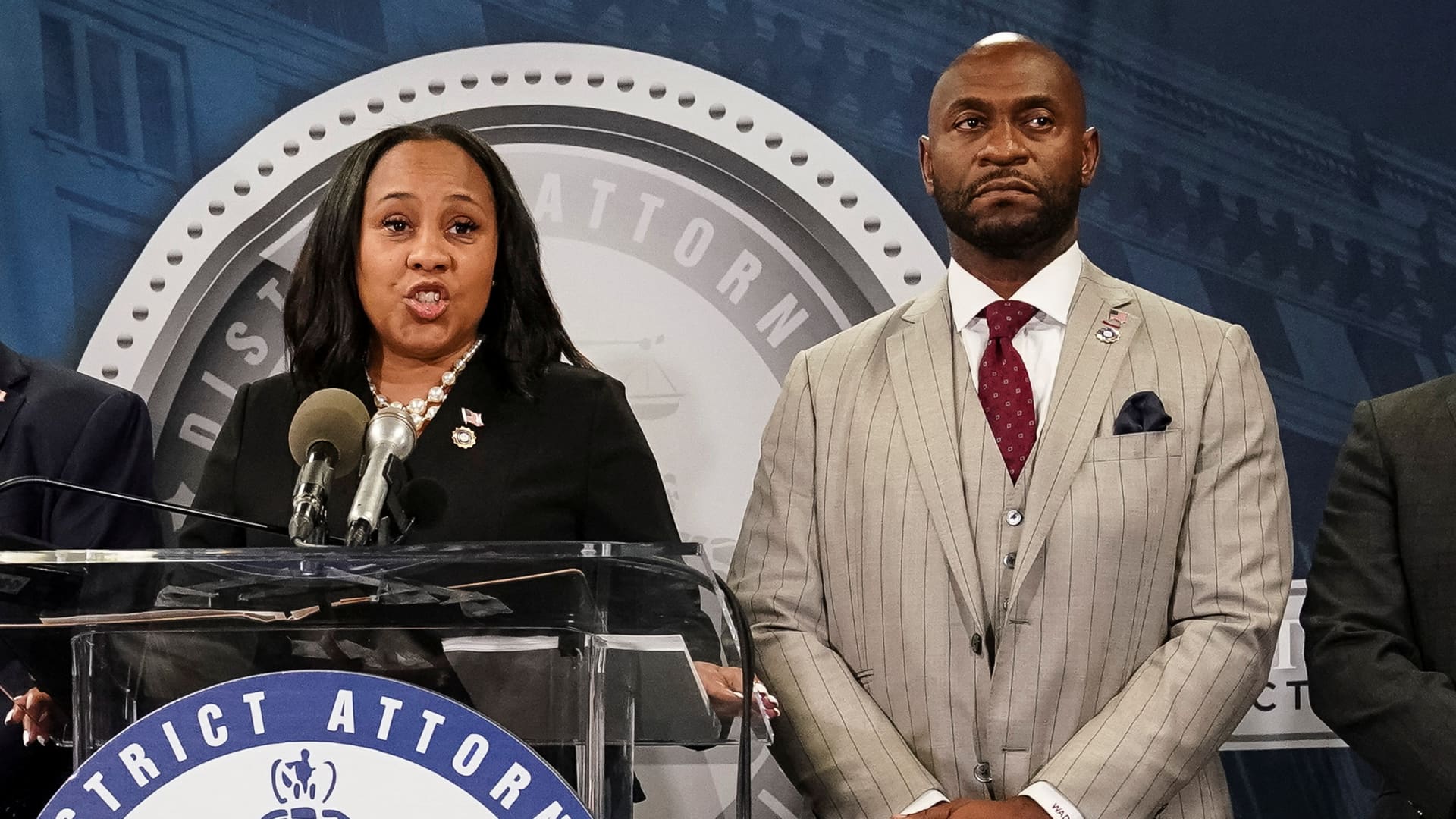Phyllis Jackson, a retired administrative assistant in Monroeville, Pennsylvania, signed up for home internet service early last year for the first time in about two decades. She now uses the Internet regularly to pay her bills online, buy clothes, find new recipes and find out about her medications.
Ms. Jackson said she signed up for internet service after enrolling in a federal program that gave low-income households a monthly discount. But that program is expected to run out of funding this spring, making it harder for Ms. Jackson and millions of other households to afford internet access.
“I really can’t do without it,” said Ms. Jackson, 79. “The way things are today, everyone needs to be able to use the computer.”
The $14.2 billion Affordable Connectivity Program gives low-income households up to $30 off their internet bill each month, and households living on eligible tribal lands can get a discount of up to $75 per month received month. More than 23 million households receive either reduced bills or virtually free internet service through the program.
But federal officials began winding down the program early last month when they stopped accepting new applications and enrollments. The program was integrated into the 2021 infrastructure bill and replaces a pandemic-era program that gave certain households discounts on their internet bills. Although there is bipartisan support for continuing the subsidies, lawmakers have not passed an extension.
According to the Federal Communications Commission, participants will continue to receive full benefits through April. In May, internet companies will have the opportunity to grant them partial discounts from the remaining federal funds. Based on provider claims data as of Feb. 15, the program had about $2.5 billion left to cover subsidies and other program costs.
The program is part of the Biden administration’s broader initiative to connect every American to affordable, high-speed internet, which officials hope will spur economic growth and expand access to health care and education. The government is spending another $42.5 billion to expand access to broadband in all parts of the country.
The government is pouring billions of dollars into expanding internet access, largely because authorities see it as a crucial way to strengthen the economy. In major U.S. metropolitan areas, prime-age workers who have access to high-speed Internet through home computers are much more likely to participate in the labor force than those without access, according to research from the Federal Reserve Bank of Philadelphia. Other research has found that internet connectivity can boost economic growth in rural areas and help create jobs and attract workers.
Some Democratic and Republican lawmakers have agreed on a bill that would provide $7 billion to fund the program for about another year. Sen. Peter Welch of Vermont, a Democrat who sponsored the bill, said he was encouraged by bipartisan support but that it was “hard to be optimistic.”
“It’s hard to get anything done in this Congress,” Mr. Welch said. “Anything related to the budget becomes very contentious.”
In October, Biden administration officials sent Congress a supplemental request for $6 billion to increase funding for the program, which they had urged Republicans to support. “It’s time for them to stand up for the American people so we can continue our work to close the digital divide across America,” Robyn Patterson, a White House spokeswoman, said in a statement.
FCC officials said more funding is “urgently needed” to help millions of households stay connected to high-speed internet. According to a survey the FCC conducted in December of program recipients, 48 percent of respondents said they would switch to a cheaper plan that might be slower than their current plan, and 29 percent said they would give up the service , after they would have lost the advantage.
Paloma Perez, an FCC spokeswoman, said ending the program was a “step backwards” and that officials were working with lawmakers to “consider the future of this program.”
Some Republican lawmakers have expressed concerns that the program subsidizes households that already have internet access.Credit…Shane Lavalette for The New York Times
But some Republicans argue the program is wasteful. In a December letter to the FCC, Sen. John Thune of South Dakota and other Republican lawmakers raised concerns about the program to subsidize households that already have internet access. They also pointed to findings from the FCC’s Office of Inspector General, which has raised concerns in recent months that some providers are not complying with program rules and improperly claiming funds.
“Some people are getting this benefit that they don’t really need,” Sen. Shelley Moore Capito of West Virginia said in a recent local news interview. “That’s why I think we need to take responsibility and make sure that the people who are receiving this benefit are actually unable to pay.”
According to the FCC survey, 22 percent of respondents said they had no internet service before enrolling in the program and 25 percent said they had only mobile internet service. Thirty percent of respondents reported having both mobile and home internet service.
Blair Levin, a non-resident senior fellow at the Brookings Institution and an FCC official during the Obama administration, said changes to the program would be problematic but that lawmakers should find a compromise before millions of Americans are put at risk of losing internet access to lose.
Ms. Jackson, who enrolled in the program with support from a Pittsburgh-based nonprofit, said she was unsure whether she would be able to afford internet service after the program ended. She said she will most likely have to buy less groceries and reduce her electricity usage to cut costs, but her monthly rent is also expected to increase by $50 next month.
Ending the subsidy program could also complicate the Biden administration’s other $42.5 billion program to give every American access to broadband, said Drew Garner, director of policy engagement at the Benton Institute for Broadband & Society. The funds, which are distributed as grants to Internet providers, are intended to cover a large part of the costs of building the broadband infrastructure.
However, without the funding program, more low-income households will struggle to afford broadband services. Because there are fewer potential customers in low-income areas, internet providers will have less incentive to expand their services in those areas and may seek larger federal grants, Garner said.
“It’s a tall order to reach every unconnected household in the country,” Garner said. “This will be much more difficult if the ACP states do not move the infrastructure to these very difficult to access areas.”
Mr Garner said the subsidy program had also helped provide households with more stable internet access. In the year prior to enrolling in the program, many participants reported having internet access only in the months when they could afford it. Although some households may drop service entirely, others may opt for slower internet plans, which could affect their ability to complete many tasks online, Mr. Garner said.
Vincent Coleman, a 26-year-old medical student in Huntington, West Virginia, said he will likely have to downgrade his internet plan. Although the new plan would cost about $40 a month – about the same amount he pays now with the discount – he worries his internet connection would be too slow to watch lectures or view patient records at home.
Mr Coleman said the achievement had brought him and his wife relief.
“It’s a big help,” Mr. Coleman said. “Finances are always a major source of stress and I budget very carefully.”
Source link
2024-03-23 21:26:08
www.nytimes.com



